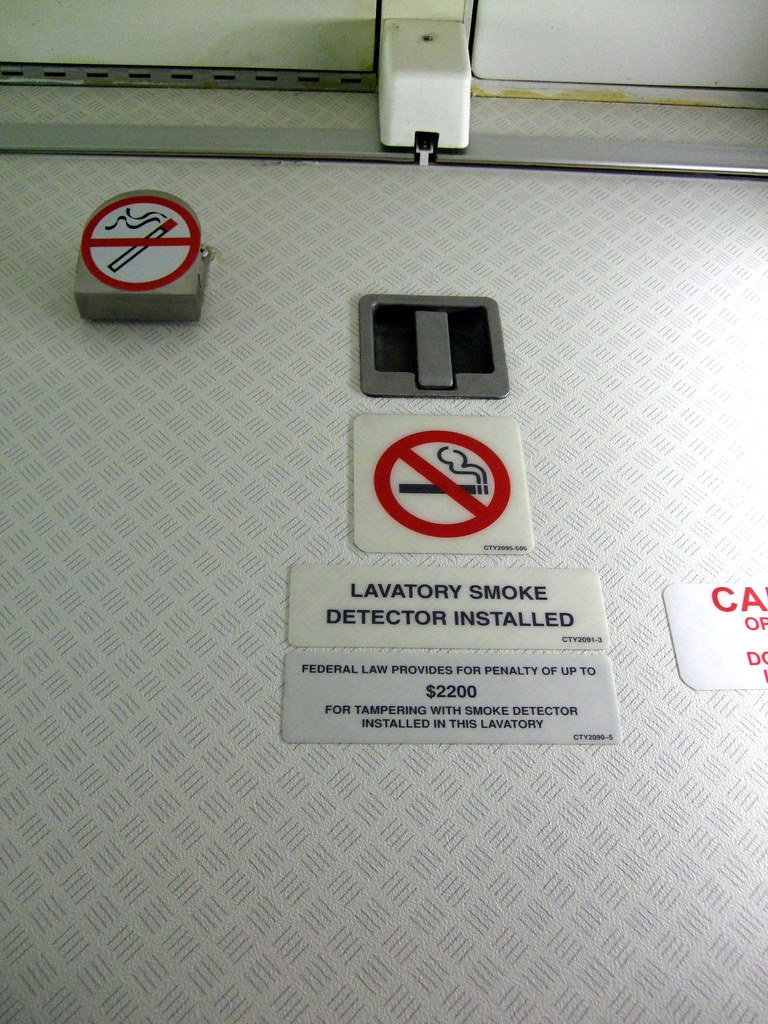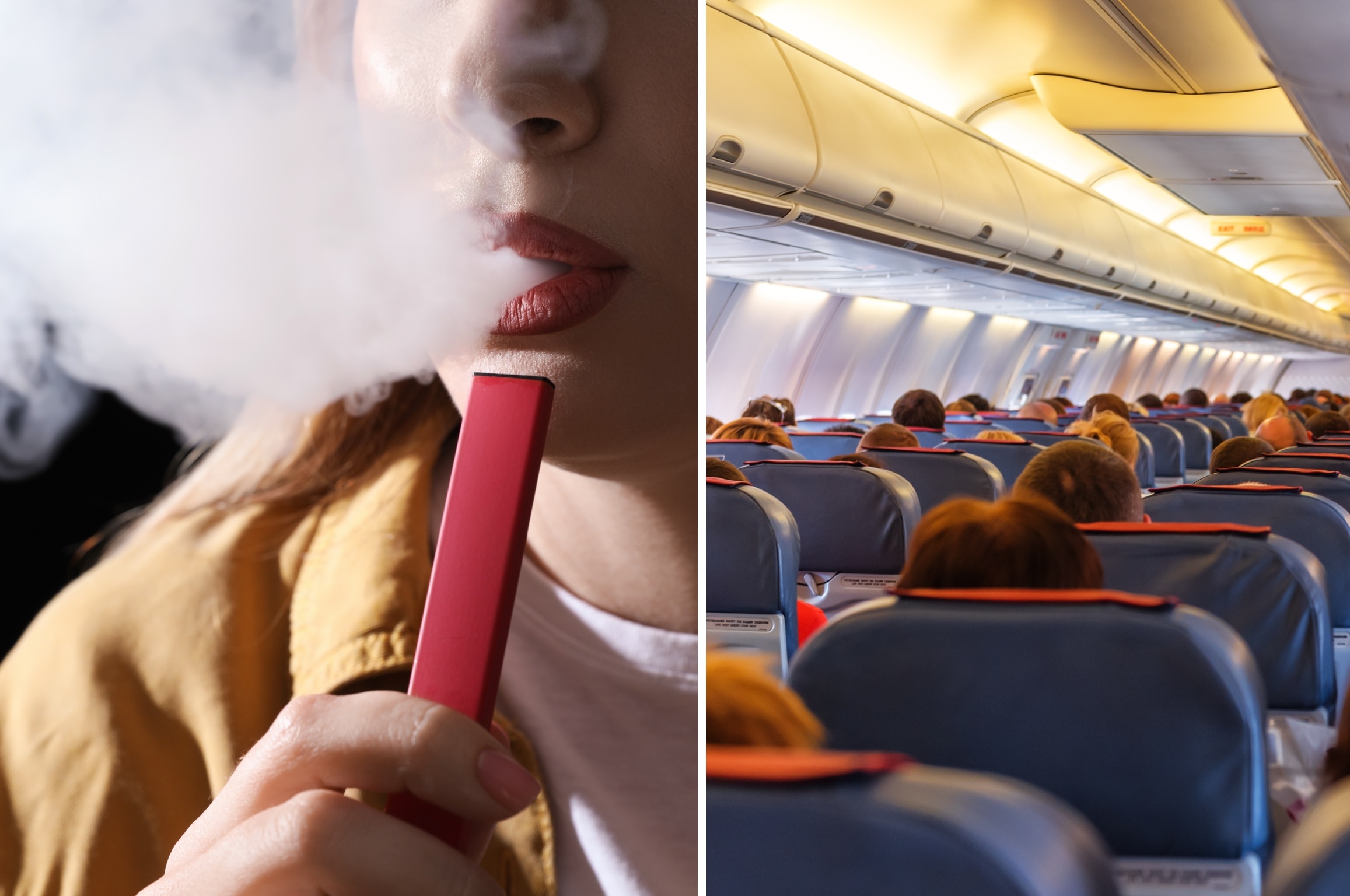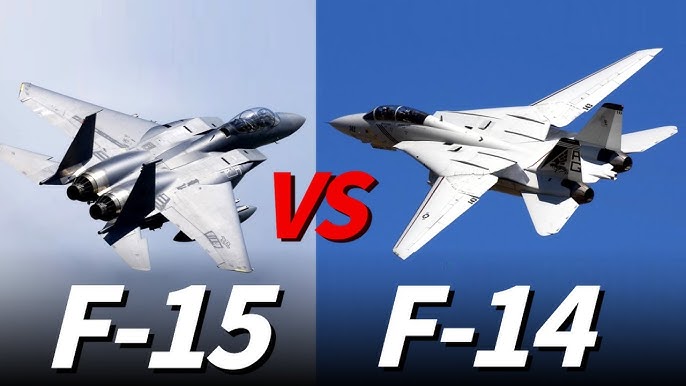Can Airplane Smoke Detectors Detect Vape?
No, airplane smoke detectors are not specifically designed to detect vape or electronic cigarette vapor. These detectors focus on identifying particles and odors associated with traditional smoke and fires.
Vape emissions, being aerosolized liquid, differ in composition and do not produce the same particles or odors as combustion during a fire. While smoke detectors may not be tailored for vaping, it’s important to note that using electronic cigarettes or vaping devices is typically prohibited on commercial flights due to concerns about air quality, passenger comfort, and safety.
How Do Airplane Smoke Detectors Work?

Airplane smoke detectors use ionization or photoelectric technology to detect smoke. Ionization detectors sense changes in electrical current, while photoelectric detectors trigger an alarm when scattered light indicates the presence of smoke, providing early fire warnings.
Ionization Smoke Detectors
These detectors use a tiny bit of a special material to create a small electric charge in the air inside. When there’s smoke, it messes with this electric charge, setting off an alarm.
They’re good at catching fast, flaming fires but might not be as good with slow-burning ones. They can sometimes mistake things like steam for smoke.
Photoelectric Smoke Detectors
These detectors have a light and a sensor. When smoke comes in, it scatters the light, and the sensor notices, triggering the alarm.
They’re less likely to give false alarms but might take a bit longer to notice fast fires. They’re great for catching slow, smoldering fires.
Dual Sensor Smoke Detectors
These detectors use both ionization and photoelectric technologies in one. This helps them be good at catching different kinds of fires. By combining both methods, they can detect fires early and work well in many situations.
Types of Smoke Detectors Used on Airplanes
Ionization vs. Photoelectric on Aircraft
Airplanes pick either ionization or photoelectric detectors based on the plane’s size, weight, and the materials used inside.
The choice depends on what kind of fires the plane might face and the conditions it flies in.
Advanced Detection Systems
Modern tech: Some planes use fancier systems like air sampling. These systems constantly check the air for signs of fire.
Smart detectors: These systems can even use clever computer programs to analyze the air and spot potential fire problems early.
Integration with Aircraft Systems
Smoke detectors on planes don’t work alone. They talk to other safety systems, like ones that put out fires and alarms in the cockpit.
Planes have backup systems to make sure smoke detection is super reliable, meeting safety standards set by aviation authorities.
Compliance with Aviation Standards
Before a smoke detector goes on a plane, it has to pass strict tests. Aviation groups, like the FAA, make sure these detectors meet the rules to keep air travel safe.
The rules set by aviation authorities make sure that the smoke detectors do their job well, making air travel as safe as possible.
What factors affect the sensitivity of airplane smoke detectors?
The sensitivity of airplane smoke detectors can be influenced by various factors, each playing a crucial role in their ability to detect potential fires accurately and efficiently. Here are key factors that affect the sensitivity of airplane smoke detectors
Environmental Conditions
Airflow Patterns: The airflow within an aircraft, influenced by ventilation systems and design, can impact how quickly smoke disperses. Detecting smoke promptly is essential for early fire detection.
Temperature Variations: Extreme temperatures, common in aviation environments, may affect the performance of smoke detectors. Sensitivity can be influenced by temperature fluctuations.
Type of Smoke or Vapor
Particle Size and Density: Smoke particles or vapor from different sources may vary in size and density. The ability of a smoke detector to sense and distinguish these particles depends on their characteristics.
Chemical Composition: Smoke detectors may be designed to respond to specific chemical compounds associated with combustion. Understanding the composition of smoke or vapor is crucial for effective detection.
Detector Technology
Ionization vs. Photoelectric: The type of technology employed in smoke detectors (ionization or photoelectric) can impact their sensitivity to different types of fires or sources of smoke. Dual sensor detectors that combine both technologies aim to enhance overall sensitivity.
Advanced Detection Systems: Some modern aircraft use advanced detection systems, such as air sampling, to actively monitor the air for potential fire-related particles. These systems can contribute to increased sensitivity.
Maintenance and Calibration
Regular Maintenance: Routine maintenance is crucial to ensure the continued sensitivity and reliability of smoke detectors. Regular checks, cleaning, and calibration are essential to maintain optimal performance.
Aging and Wear: Over time, smoke detectors may experience wear and tear, potentially affecting their sensitivity. Aging components can compromise performance, emphasizing the need for periodic replacements.
Regulatory Standards
Compliance Requirements: Aviation regulatory standards, established by authorities such as the Federal Aviation Administration (FAA), define the sensitivity requirements for smoke detectors on aircraft. Detectors must meet these standards to ensure safety.
Testing and Certification: Smoke detectors undergo rigorous testing to meet regulatory standards and receive certification for use in aviation. Certification ensures that detectors meet specified sensitivity criteria.
Can Airplane Smoke Detectors Detect Vape?

When considering airplane smoke detectors, their technology is primarily geared towards identifying particles associated with smoke and fire.
Traditional detectors are optimized to recognize specific particles and odors generated by burning materials, rather than the vapor produced by electronic cigarettes or vaping devices.
Vaping involves the emission of vaporized liquid, forming an aerosol that doesn’t typically produce the same particles or odors as combustion during a fire.
Consequently, standard airplane smoke detectors may not be explicitly designed to detect vaping or e-cigarette vapor.
It’s important to highlight that the use of electronic cigarettes or vaping devices is generally prohibited on commercial flights due to concerns about air quality, passenger comfort, and potential safety hazards.
Airline regulations explicitly forbid the use of such devices during flights, and passengers are expected to comply with these restrictions.
In the event of a passenger violating no-smoking policies by using an e-cigarette or vaping device, consequences may ensue as determined by the airline and relevant aviation authorities.
Although traditional airplane smoke detectors may not be tailored for detecting vape aerosol, adherence to airline policies regarding smoking, including the use of e-cigarettes, is crucial to ensure safety, compliance, and a comfortable environment for all passengers.
What are the current regulations for vaping on airplanes?
As the popularity of vaping grows, so does the need for clear regulations when carrying these devices on airplanes. The Federal Aviation Administration (FAA) and the Transportation Security Administration (TSA) collaborate to establish and enforce rules that prioritize the safety and comfort of all passengers and crew members.
Safe Transport of Vaping Devices
Vaping devices and spare lithium batteries are mandated to be in carry-on baggage. This precaution is due to the fire risk associated with lithium batteries commonly found in these devices.
To prevent accidental activation or short circuits, passengers are advised to pack these items thoughtfully. Examples of effective measures include removing the battery, separating it from the heating coil, and using protective cases.
Restrictions on Recharging
Recharging vaping devices or batteries while on the aircraft is strictly prohibited. This regulation aims to mitigate potential safety hazards during the flight.
Lithium-ion batteries must not exceed 100 Wh, and lithium metal batteries must be limited to 2 grams.
Protection of Battery Terminals
Battery terminals, usually at the ends, must be protected from short circuits. Methods to achieve this include leaving batteries in their retail packaging, covering terminals with tape, or using protective cases.
Carry-On Restrictions and Liquids
Vaping devices are not permitted in checked bags, reinforcing the importance of carrying them in the cabin.
Liquids in carry-on bags are restricted to 100 ml. Any liquids exceeding this limit must be placed in checked baggage.
Education and Promotion of Compliance
The FAA encourages manufacturers, retailers, and consumers of vaping products to familiarize themselves with and promote flying rules through the Vapes On A Plane Marketing Kit.
This kit provides valuable information on safe packing for air travel, tips to avoid common mistakes, and resources for obtaining more details about vaping regulations.
FAQ
Can a plane detect vaping?
Yes, planes are equipped with smoke detectors, but they are primarily designed to detect traditional smoke and fire particles. Detecting vapor from vaping devices is not a guaranteed function of airplane smoke detectors.
Does vape detect smoke detectors?
Yes, vape can be detected by smoke detectors. Vaping releases particles that can set off smoke alarms, so it’s essential to be mindful of this in areas equipped with smoke detection systems.
Can you take a vape on a plane undetected?
It’s not advisable to attempt taking a vape on a plane undetected. Airport security and aircraft have sophisticated systems that can identify vaping devices. It’s best to follow airline regulations and security procedures.
How can I hide my vape?
Hiding your vape is not recommended, especially in restricted areas. It’s essential to comply with rules and regulations. Instead, consider using designated smoking areas if available, and always follow guidelines provided by the authorities.
How do I hide my vape from airport security?
It’s crucial to follow airport security rules and regulations. Attempting to hide a vape from security is not recommended, as they have equipment to detect such items. Place your vape in your carry-on bag and declare it if asked.
What happens if you put a vape in checked luggage?
Putting a vape in checked luggage is generally allowed, but it’s advisable to check with the airline for specific guidelines. Ensure the device is powered off and follow any safety instructions provided by the airline to prevent any potential issues.
Can I bring a vape on a plane as a minor?
Most airlines have age restrictions for carrying vaping devices. As a minor, it’s essential to check the airline’s policy on carrying vaping products. In many cases, minors may not be allowed to bring vapes on a plane due to legal restrictions.
Final thoughts
On the whole, airplane smoke detectors are not designed to detect vape or electronic cigarette vapor. They focus on traditional smoke and fire particles. Even though they may not spot vaping, it’s crucial to follow airline rules that usually prohibit using electronic cigarettes on flights.
These rules help keep the air safe and ensure a comfortable journey for everyone on the plane. Remember, while the detectors may not be perfect for detecting vape, sticking to the airline policies is the key to a safe and enjoyable flight for all passengers.







